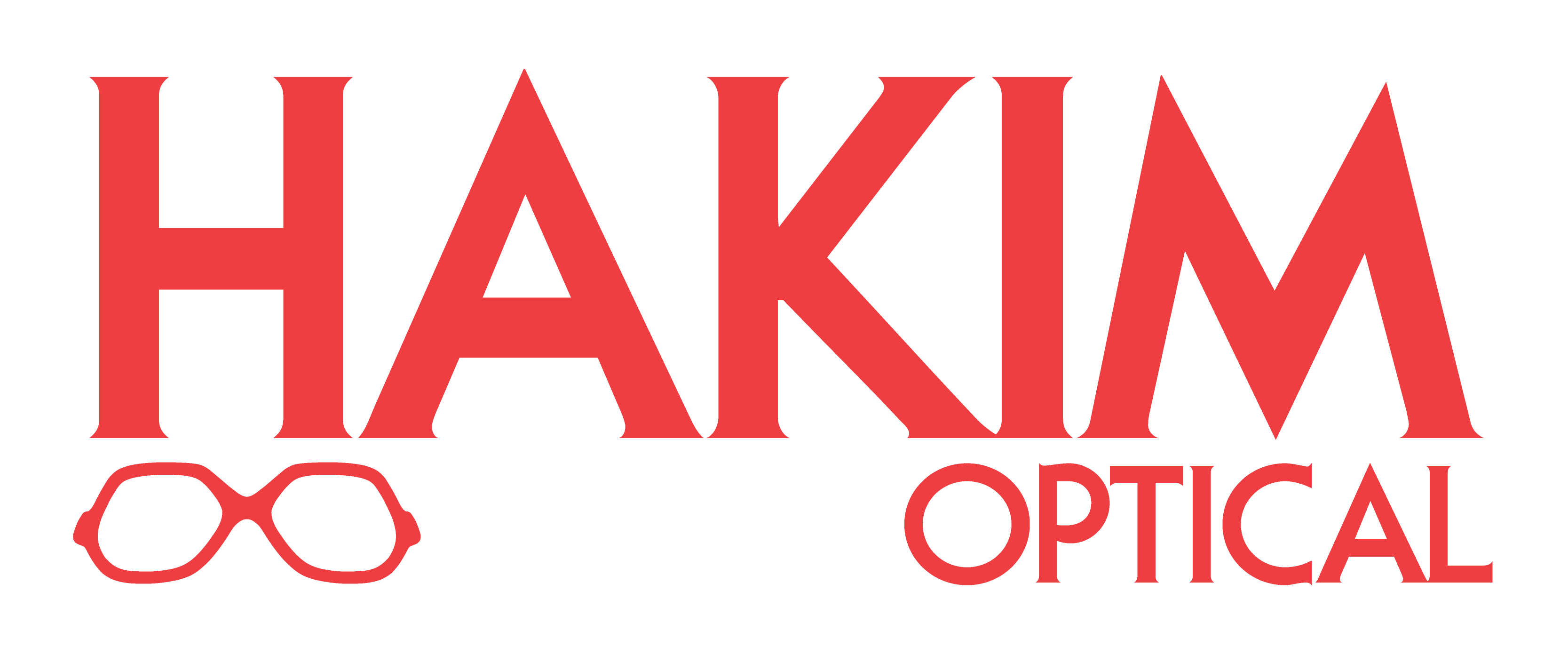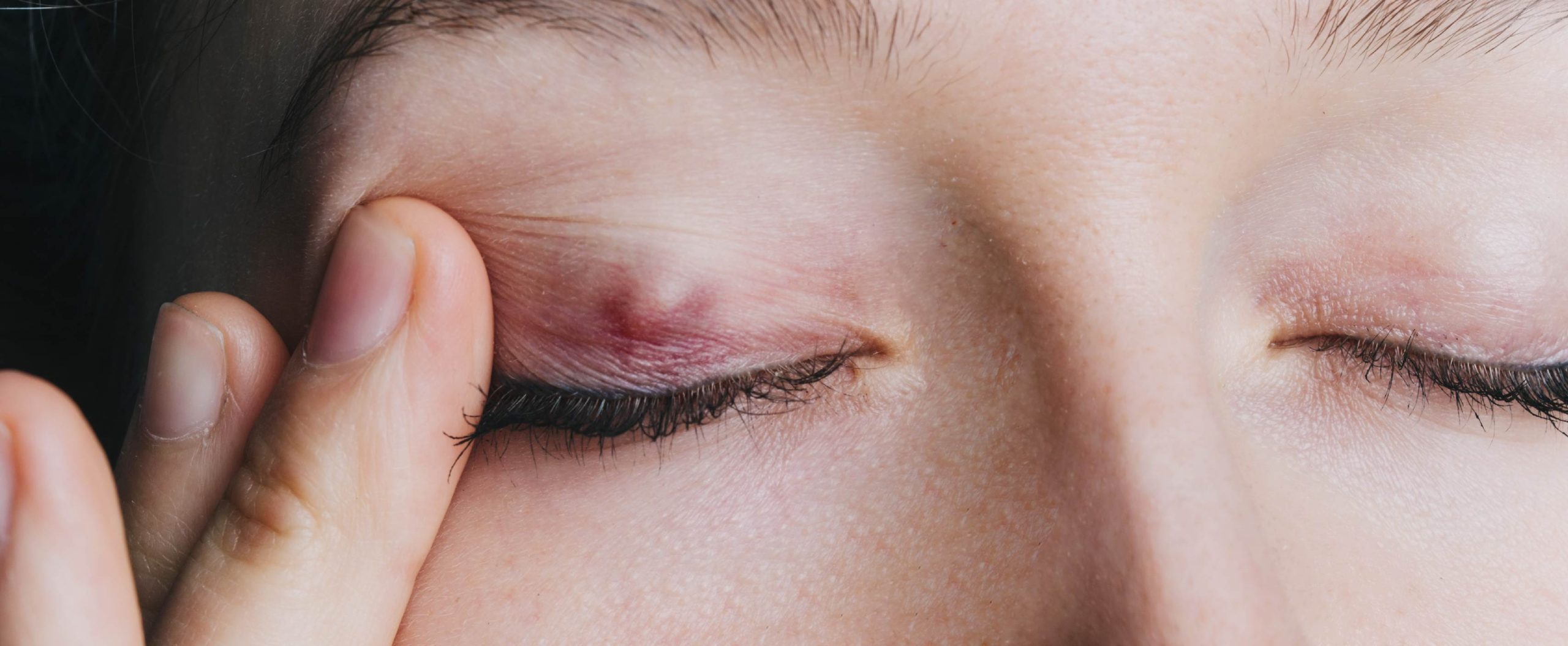In a recent blog post, we talked about styes and what they are. While most people are likely familiar with what a stye is, not so many people know what a chalazion is. If you’re able to determine that the lump in your eye is not a stye, but you still don’t know what it is – it could be a chalazion. In this article, we’ll help you understand what exactly a chalazion is and how it’s different from a stye.
What is a chalazion?
A chalazion is a small, painless lump that develops on the eyelid due to a blocked oil gland. Sometimes, it’s called an “eyelid cyst” or meibomian cyst. It’s usually caused by an infection or inflammation of the eyelid. The lump may be filled with pus, and it can cause redness, swelling, and tenderness in the area. The lump typically forms on the upper eyelid, but it may form on the lower lid in some cases. They are not common in children, but it does happen.
It may be painful at first, but after some time, it probably won’t hurt. Treatment typically involves warm compresses and antibiotics. In some cases, though, surgery may be necessary to remove it.
What causes a chalazion?
A chalazion results from a blocked oil gland. It’s caused by an obstruction of the meibomian glands, which are located along the edge of the eyelid. The meibomian glands produce an oily substance that helps lubricate the eye.
The blockage can be caused by:
- Inflammation
- Infection
- Trauma
Other conditions that can cause a chalazion include:
- Rosacea – a skin condition that causes redness and acne
- Chronic blepharitis – eyelid inflammation
- Seborrheic dermatitis – red, dry, flaky skin
- Tuberculosis (TB)
- Viral infections
Symptoms
The most common symptoms of a chalazion include:
- Painless bump in your eyelid
- Redness, swelling, and tenderness
- Irritation of the eyelid
- Watering eyes
- Blurred vision or light sensitivity
How is it diagnosed?
If you suspect you have a chalazion, you can go to an eye specialist, like an optometrist or ophthalmologist. These specialists can examine, diagnose and treat your chalazion.
Your eye appointment with the eye specialist will involve:
- Health history discussion
- External eye examination
- Thorough eyelid examination
How is it treated?
Treatment of a chalazion is simple and can usually be done at home. It should go away within a month or less. Don’t ever try to squeeze or pop it, though.
You can try these treatments:
- Warm compress. Gently apply a warm washcloth to the eye for 15 minutes. Do this at least 3 times a day.
- Massage. Using light to medium pressure, massage the eyelid a few times per day for a few minutes.
- Good hygiene. Don’t wear eye makeup if you have a chalazion. When it heals, keep the area clean, follow good eye health practices, and don’t touch your eyes.
Prevention
There are some measures you can take to help avoid getting a chalazion. Some of the prevention measures include:
- Washing your hands.
- Practicing good contact lens care.
- Washing your face daily.
- Removing makeup before going to bed.
- Throwing away expired or old makeup.
- Not using another person’s makeup.
Practice Good Eye Health
A chalazion is not serious. If, however, it does not go away on its own after following the treatments outlined above, you should see an eye doctor. They will be able to offer other treatment options. To prevent eye problems and disease, always practice good eye care habits and take care of your eyes.
Practice good eye care.
Hakim Optical has provided Canadians with quality corrective lenses at a value that can’t be beat for over 55 years. Our knowledgeable staff and optometrists are here to help you find an eyewear solution tailored specifically to you.

